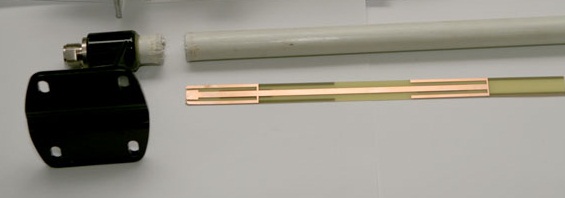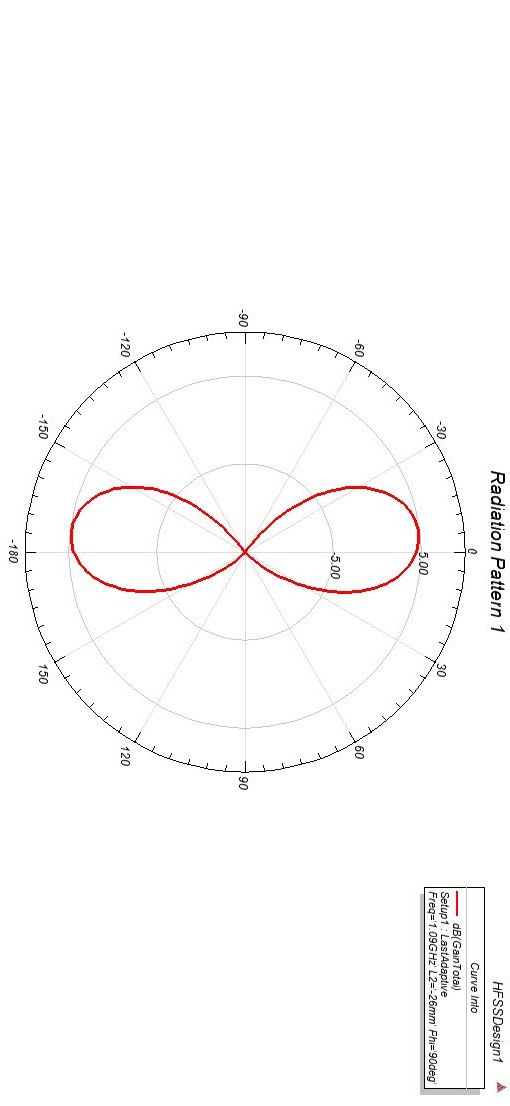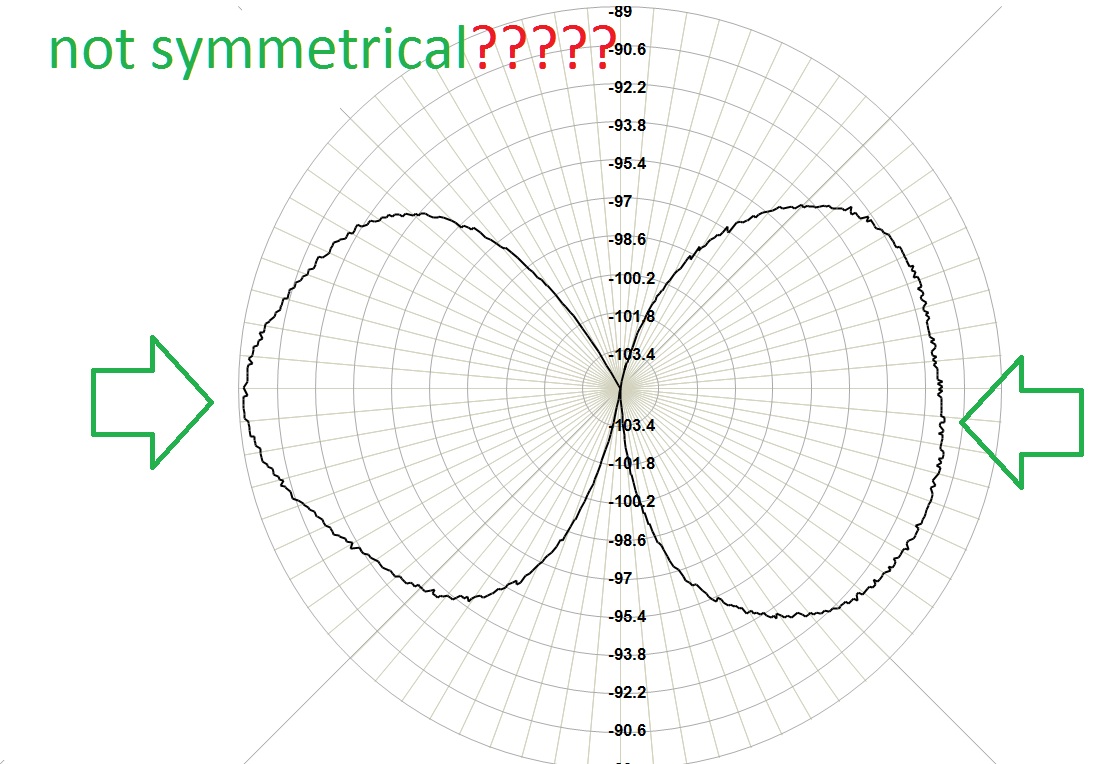Array Antenna Simulation and measured differnce
I have designed a planar colinear 3 element array antenna in HFSS. and the simulated results are pretty good. measured s11 result match the simulation one. But the measured radiation pattern is not match the simulation.
i expected the radiation pattern to be omnidirectional but the measured pattern falls by 2dB in back of the antenna. please help me in finding the reason of this phenomenon.
thank you in advance.

simulated pattern

measured pattern

Getting agreement between measurements and simulations can get to be a challenge. The key question is how well does the simulation match the measurement?
Test cables included?
How about the pedestal/ rotator?
How well are you modeling free space?
Chamber or outdoor range measurement? Near field scanner?
What about absorber or multi path disturbing the measurement?
At first glance, the measurements you show and the simulation results do not look too bad to me. How close does the agreement need to be? Line to line is probably not in the cards without a great deal of care.
MI technologies "Blue Book" might be a useful reference if you want more details about measurement issues.
Regards,
Azulykit
hi Azulykit.
thank you for your reply.
My problem is the cause of the gain drop in the right side of the pattern.
the antnna simulated gain is about 4.6dB, and with this drop the gain drop to 2.8dB, and this is very bad to us. and the symmetry is important in this project.

Again, I would suspect that the asymmetry results from something in your measurement set up. I note you are suing end fed dipole surrogates (flat PCB) elements. I gather this is a variation of a Franklin antenna. Are you going for broadside peaks in the pattern? End fed dipoles are notorious for putting undesired currents along the feed line. Radiation from a feed line can muck up the works. More opportunity for asymmetry in the measured patterns. Run your hand along the feed and if you see variation in s11 the line is "hot" and probably radiating. You might look in the H plane to see how omnidirectional the pattern really is. I'll bet you have frequency squint in the E plane pattern too.
That may not be an issue, depending on your requirements.
Regards,
Azulykit
yes this is a kind of Franklin colinear antenna.
the measured H plane pattern is like this:

one side of the pattern have degradation.
i have changed the antenna structure in simulation and checked it again, but same result obtaine.
You have a flat PCB structure and I would not expect a perfect circular response compared to tubular dipoles. Are there other non symmetric features like cables or is the antenna really vertical on the pedestal?
The pattern not closing at the end of the rotation indicates a bit of drift in the range instrumentation or possibly a change in multi path. Something moving around the range? A person maybe?
You might also see interesting effects if you take a series of E cuts at different azimuth angles (assuming the antenna is aligned along z).
Regards,
Azulykit
thank you for your attention.
we put the antenna on a vertical holder . one half of this holder is metal and other half is teflon.
i mean the antenna is fastened to teflon part.. the antenna and holder make a T shape figure.
the leg of T is holder. and the top of T is antenna.
the metal part have distance about 25cm to antenna. the frequency is 1090MHz and the antenna length is 60cm.
we cover some parts of the metal with a general Absorber.
do you think the metal and pedestal can change the patetrn?
(in addition the holder fastened on the pedestal).
If my objective was to get line to line agreement simulation to test I would add elements of the filtering to the simulation. That would also lead to what in the filtering was causing distortions.
Usually the objective is working hardware so after simulation I usually become more interested in measured results. It is just faster and easier to prototype with a computer. The idea that the simulations are correct and the truth and the measurements are suspect is an interesting concept. I don't see it that way.
Depends on what you consider correct measurements. If you ignore all real world effects of your test setup like cables and fixtures but want to see the undisturbed radiation diagram, the measurement method is incorrect and need to be improved. e.g. by isolating the cable.
But if the real antenna is different from the simulation model in geometry or material properties, the measurement is in fact "more" correct than the simulation.
thank you all.
i did the pattern measurement again with a new structure.
i have seen asymetry again. but i don't know what is the problem... in simulation i have symmetric pattern...but measurement doesn't match to the simulation.
this is measured pattern.

the right side of the pattern doesn't match the simulation. ..why?!
Too few measurement setup details given, we have to assume that the difference is caused by real parameters of your design and measurement setup, e.g. antenna mount and cable placement.
hi all.
im still confused about the reason of this gain drop in radiation pattern of our Franklin Colinear antenna.
we have decide to bought a commercial(germany maded) antenna and check the pattern of that antenna... the result is attached..

we are sure about this new antenna. but the test result is not match the Datasheet.
i want to explain the measurement setup more:
we used a teflon pedestal and mounted the antenna on it and fix it with tape.
we used a microstrip antenna for TX and put it 3 meters away from RX ant(more than 2*D^2/lambda)
the tx and rx had same polarization.
so i want to know what is wrong in our setup.
maybe nearfield effect or cable effect or something else cause this gain drop.
the current distribution gained from HFSS is attached:

thank you in advance
